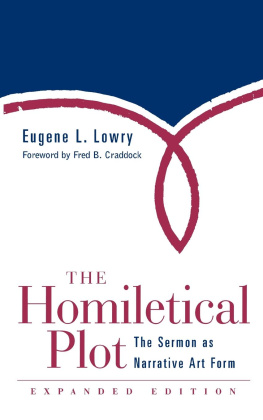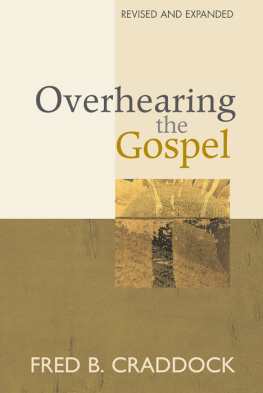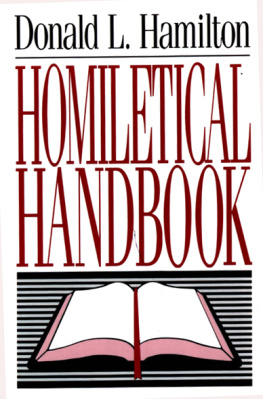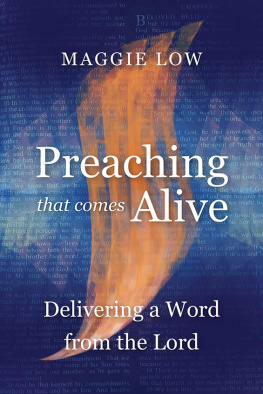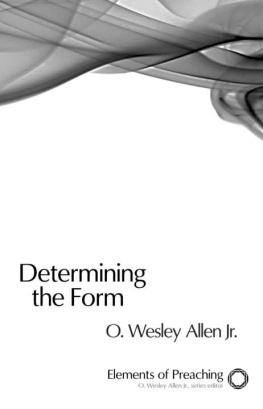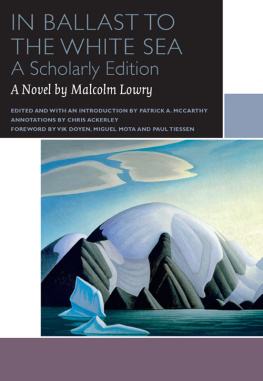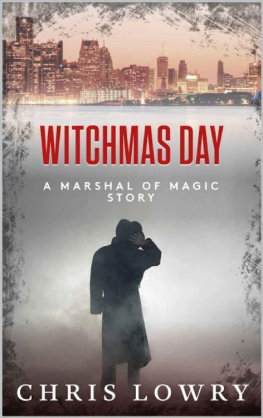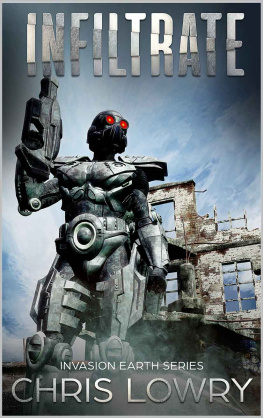The Homiletical Plot
Expanded Edition
The Homiletical Plot
Expanded Edition
The Sermon as Narrative Art Form
Eugene L. Lowry
Foreword by Fred B. Craddock

2001 by Eugene L. Lowry
All rights reserved. No part of this book may be reproduced or transmitted in any form or by any means, electronic or mechanical, including photocopying, recording, or by any information storage or retrieval system, without permission in writing from the publisher. For information, address Westminster John Knox Press, 100 Witherspoon Street, Louisville, Kentucky 40202-1396.
The scripture quotations in this publication are from the Revised Standard Version Bible, copyright 1946, 1952, and 1971 by the Division of Christian Education, National Council of the Churches of Christ in the U.S.A. and used by permission.
Acknowledgment is made for permission to quote from the following:
From As One Without Authority by Fred B. Craddock. Copyright assigned 1978 to Abingdon. Used by permission.
From The Homiletical Bind by Eugene L. Lowry. Copyright 1975 Christian Century Foundation. Reprinted by permission from the January 1975 issue of The Christian Ministry.
Book design by Sharon Adams
Cover design by Night & Day Design
Revised edition
Published by Westminster John Knox Press
Louisville, Kentucky
This book is printed on acid-free paper that meets the American National Standards Institute Z39.48 standard. 
08 09 1010 9 8
Library of Congress Cataloging-in-Publication Data
Lowry, Eugene L.
The homiletical plot, expanded edition: the sermon as narrative art form / Eugene L. Lowry; foreword by Fred B. CraddockRev. ed.
p. cm.
Rev. ed. of: The homiletical plot. Atlanta: John Knox Press, 1980. Includes bibliographical references.
ISBN-13: 978-0-664-22264-2 (alk. paper)
ISBN-10: 0-664-22264-1 (alk. paper)
1. Preaching. 2. StorytellingReligious aspectsChristianity. I. Lowry, Eugene L. Homiletical plot. II. Title.
BV4235.S76 L69 2000
Contents
by Fred B. Craddock
To
Sarah
Preface
A lot has happened since 1980 when The Homiletical Plot was first published. As a result, the purpose and form of this re-issue of the book is prompted by two quite different considerations. First, it seems appropriate for authors to note what has influenced their thought since a book first appeared. Second, given the mixed-result history of authorial attempts to revise or update volumes still in print, the editors and I think it best to keep the original text in placefor whatever merit is presentand then find a supplemental way to speak of further reflections, adjustments, corrections, and additions to the work.
Fred Craddock, who graciously recommended this book the first time around, has consented to write a foreword to this re-issuecommenting on the significant events that have occurred in this twenty-plus-year interval in North American homiletics.
In these past twenty or so years, I have had more than a few thoughts on the same subject. Therefore, I have written an afterword, sharing my further reflections on The Homiletical Plot.
My deep gratitude goes to Fred Craddock, the editors of Westminster John Knox Pressand especially to the readers who have kept The Homiletical Plot in print over these two decades.
Eugene L. Lowry
Foreword
When asked by the editor of this volume to write a foreword, I assumed it would be a foreword to a revised edition of The Homiletical Plot. It was a natural assumption. Most authors who risk words on paper would welcome an opportunity, after critical reviews, conversations with colleagues, and classroom use, to revise, eliminate, expand, and defend ones published work. However, publishers and editors do not often provide such opportunities, and so most of us are left to stand on street corners hailing passersby, In case you read my book, what I really meant to say was...
Why, then, re-issue a book after twenty years, without making changes? An afterword by the author has been added, to be sure, but the text of 1980 remains without modification. This is a most interesting phenomenon. Is it a matter of saying, Out of respect for those who praised the book, I will not alter it? Or perhaps Prof. Lowry is responding to his critics, This is my story, and I am sticking to it. Of course, re-issuing the text without change could be from the conviction that the book was ahead of its time, but now that the homiletical world has caught up, it can be read with greater benefit. However, the reason may be simpler and more simply put: Whether 1980 or 2000, the book has continued to be of sufficient value to deserve remaining in print as it is.
Whatever the thinking of Prof. Lowry and his editor, they obviously share the conviction that The Homiletical Plot can sit comfortably on the shelf with the scores of books on preaching since 1980. This book, then, is not offered as a period piece, a resource for those researching the recent history of homiletics. Rather, it comes to the preacher and to the teacher of preaching as a word to be heard, both again and for the first time.
My task, therefore, in preparing to write a foreword, was not to read but to re-read. A shortcut tempted me. Since I had made many marginal notes in my 1980 copy, why not read those comments and determine if they were worth repeating? Like all temptations, this one had merit. After all, if the text was unmodified, why could not my comments on it be unmodified as well? But I rejected the idea; the new issue of the book warranted a new reading. I laid aside my copy, checked out a copy from the library, read it, made new notes (not on the library copy!) and then compared them with my original notes.
The re-reading was very much a new readingenough time had passed and I had read in the interim many books on preaching. Notes separated by twenty years revealed quite a few close correspondences. For example, I again applauded Prof. Lowrys use of resources outside the field of preaching. Philosophy, psychology, drama, literature, and theology: These and other disciplines inform the book. Preaching, like other areas of thought and practice, cannot survive by breathing in its own face. Likewise, I noted a second time appreciation for the authors making room for intuition in the sermon process. Most of us give lip service to the fact that preaching is an art as well as a science, but then we become afraid that someone will think we speak of preaching as an art as an excuse for ambiguity, sloppy thinking, and poor reasoning. In defense, we omit all art and artistry and proceed to offer the reader an adequate technology for framing and delivering the message. My second notes also repeated an earlier positive regard for Lowrys attention to transitions in the sermon. More than once it has been brought to my attention that this is an area in my own work sorely in need of more effort. Had I paid more attention to Lowry, perhaps I would have been delivered from my tendency to be episodic in my preaching with insufficient mortar between the episodes. Again, I remain ambivalent as to whether a brief section on Variations near the close of the book adequately counters the tendency to standardize the narrative art form presented as the primary burden of the book. My ambivalence in 2000 is not as strong as in 1980. In 1980 I was still very much involved in the study of Jesus parables, finding a surprise of grace at the end of each. None of the parables are the same, literally or theologically. Neither are they narrative art forms, an observation with which Lowry agrees, but perhaps with more reluctance than necessary.
Next page
